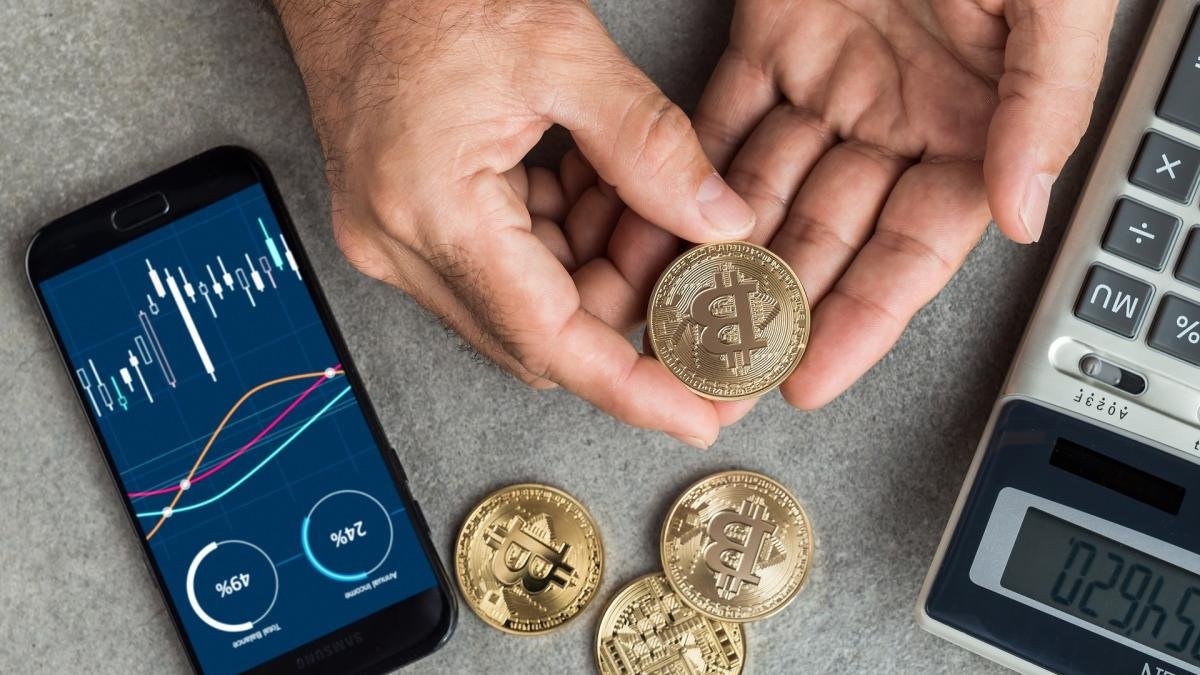Finally, all eyes are on Bitcoin as analysts and investors ponder its next big move. According to some market analysts, BTC rallied on the rising price momentum near $ 130K. Bitcoin price rallies, This bullish outlook is underpinned by halving, institutional interest, macro, and adoption. Familiarizing yourself with these catalysts is how you can learn about the possible direction of Bitcoin’s price.
What about the bitcoin halving?
The halving happens every four years or so and is one of the most impactful events in Bitcoin’s price cycle. The forthcoming halving, set for April 2024, will cut new bitcoin output to miners from 6.25 BTC per block to 3.125 BTC. Bitcoin Price Could Rally: As supply shrinks, demand for Bitcoin either stays the same or grows, and historically, that has led to big price rises.
There is a well-established one from past halving events. In 2012, the price of Bitcoin soared from about $12 to more than $1,000 in a year. After the 2016 halving, the price of Bitcoin rose from around the $650 mark to almost $20,000 by the end of 2017. Likewise, 2020 halving came with a famous bull run when Bitcoin roared from nearly $8000 in 2020 to $69000 at its all-time high in November 2021. If this historical pattern holds, the 2024 halving may significantly drive Bitcoin’s price toward $130,000.
Institutional Adoption and Spot Bitcoin ETFs
Institutional interest in Bitcoin has grown significantly over the past few years. Bitcoin Price Could Rally, Major corporations, hedge funds, and financial institutions have started viewing Bitcoin as a legitimate store of value and an alternative to traditional assets like gold.

One of the major drivers behind this trend is the growing acceptance of spot Bitcoin exchange-traded funds (ETFs) in the United States. These funds had been designed to expose traditional investors to Bitcoin without having to buy or hold the actual cryptocurrency. Among other asset management giants, BlackRock, Fidelity, and Grayscale have listed the Bitcoin ETFs, which have drawn billions in investment.
Investors expect substantial buying pressure due to the introduction of Bitcoin via ETFs. With more and more institutional investors committing capital to Bitcoin, halving the diminished supply may lead to a widening supply-demand imbalance, driving the price closer to the $130,000 target.
Macro Factors Moving Bitcoin’s Price
Bitcoin has been described as “digital gold” multiple times owing to its possible role as a hedge against inflation and economic uncertainty. Inflation rates, interest rate policies, and global financial instability are just some of the macroeconomic conditions that can significantly impact the performance of Bitcoin when it comes to market behavior.
During the last few years, many investors have been looking for alternative assets that are not directly correlated to central bank actions due to inflationist risk. There are only 21 million bitcoins, making it a good tool to preserve wealth for those exposed to the current fiat devaluation era.
Central banks—the Federal Reserve—are likely to modify policies to counter similar economic headwinds. Should interest rates decrease or inflation continue to threaten, investors might turn to Bitcoin as a safe-haven asset, and its price may increase accordingly.
Growing Utility of Bitcoin
Bitcoin is often treated as a store of value, but its usefulness as a medium of exchange is also growing. Many of these companies and countries also use Bitcoin for payments and remittances, and these applications continue to legitimize Bitcoin in the global economy.
In 2021, El Salvador became the first nation to accept Bitcoin as legal tender and other countries are considering similar projects. Bitcoin has also been adopted by global financial services platforms such as PayPal, Square, and Visa, allowing consumers and businesses to use at least some of that BTC as a medium of exchange.
The real-world use cases for Bitcoin have been expanding steadily, potentially reinforcing the value proposition and attracting more users. As Bitcoin adoption continues to grow, it could benefit as demand and mainstream adoption increase.
Will BTC skyrocket to $130K?
Considering the interplay between the Bitcoin halving, institutional adoption, macroeconomic trends, regulatory clarity, and exploding utility, a $130,000 Bitcoin is not that far-fetched. After Bitcoin halving events, the historical trend shows a price explosion, and the momentum from ETF and institutional investments will expedite it.
Investors must avoid risks from economic fluctuations, regulatory changes, and broader economic trends. Key Bitcoin price levels, In the crypto market, price corrections are common. Bitcoin Price Could Rally, has shown strength over a long period.
At this rate, with Bitcoin continuing as a high-performance digital property, we may see a leap to $130,000 in the coming year. However, with the only expert analysis on the latest updates being your own, the ground for investors will continue so you can capitalize on Bitcoin’s gradual growth.
[sp_easyaccordion id=”2594″]


